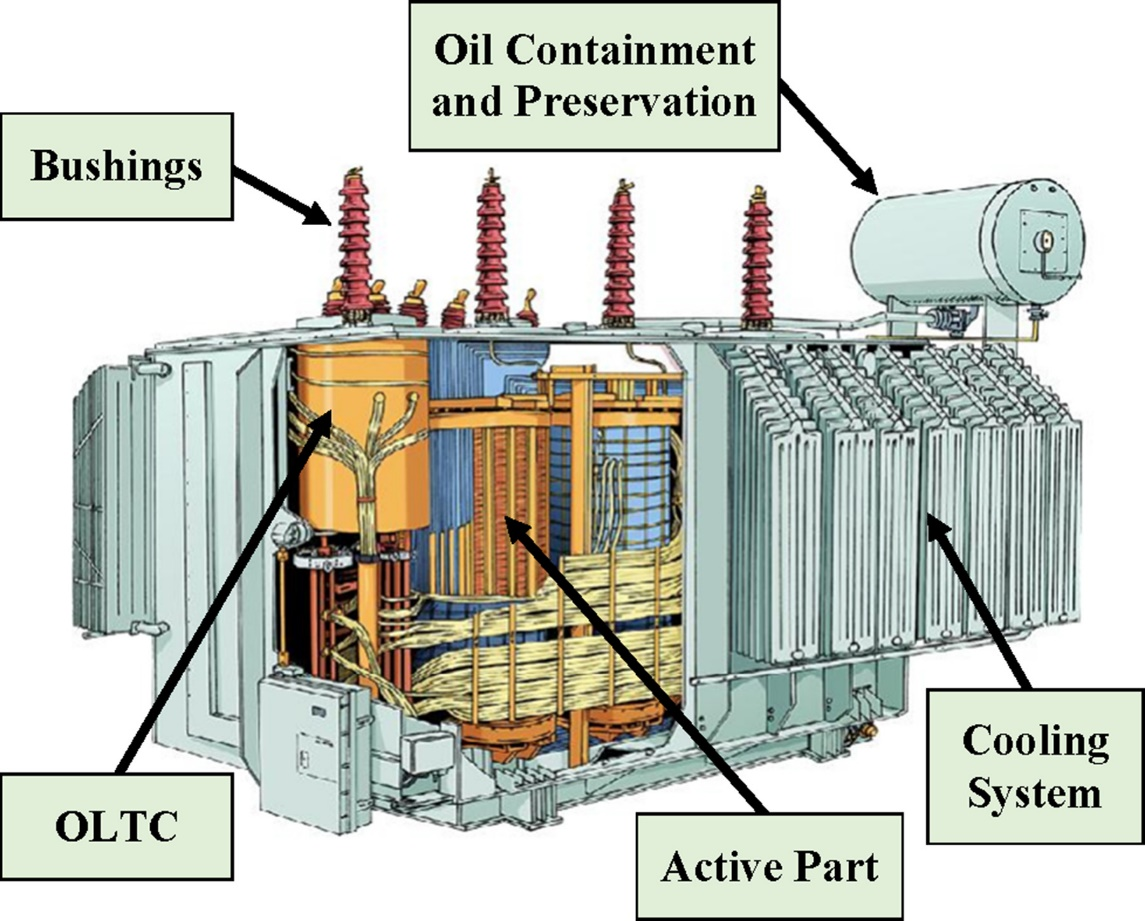- E-mail: admin@yaweitransformer.cn
- Tel: +86-18862719076
Working principle
The working principle of the transformer is based on electromagnetic induction. When AC current passes through the primary coil (primary side) of the transformer, it creates an alternating magnetic flux in the core. This alternating flux passes through the core and intersects with the secondary coil (secondary side), thereby inducing an electromotive force in the secondary coil. The size of the induced electromotive force is proportional to the number of turns of the coil, the size of the magnetic flux and the frequency of the power supply.

Basic structure
①Iron core: usually composed of silicon steel sheets, used to improve permeability and reduce eddy current loss.
② Primary coil (original side) : The coil connected to the power supply.
③ Secondary coil (secondary side) : the coil connected to the load.
④ Insulating material: used to isolate coils and iron cores to prevent short circuits.
⑤Cooling system: Large transformers are usually equipped with oil-immersed or air-cooled systems to dissipate heat.
Apply
Transformers are widely used in power systems, industry, agriculture, transportation, urban communities and other fields. They are used to raise and lower voltages to meet the needs of different applications, as well as for safety isolation and impedance matching.
Energy saving and efficiency
The efficiency and loss of transformers are important considerations in design and selection. Modern transformer design focuses on energy saving, reducing no-load and load losses through the use of high-quality materials and optimized design.
Maintenance and security
Transformers require regular maintenance to ensure their normal operation and extend their service life. Safety measures include protection against overload, short circuit and overheating, as well as ensuring proper insulation and grounding.
In addition, the intelligence and integration of transformers is also the trend of future development. By integrating smart sensors and control systems, transformers can more effectively monitor and regulate the flow of electricity, enabling more refined and flexible grid management.
In short, as the core equipment of power conversion, the development and innovation of transformers is crucial to the construction of efficient, reliable and environmentally friendly power systems. As the global demand for sustainable energy and smart grids continues to grow, advances in transformer technology will continue to support these goals.